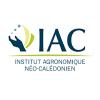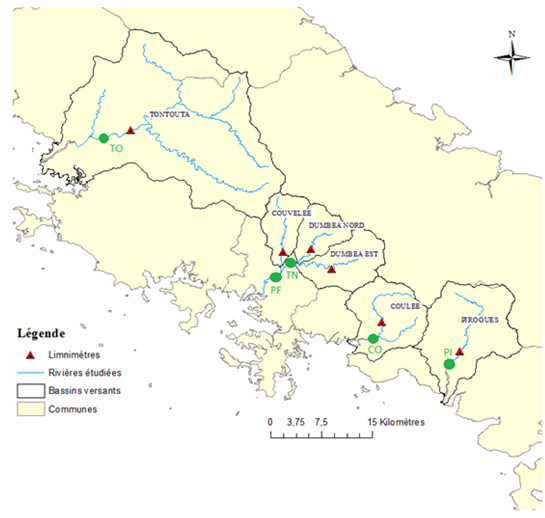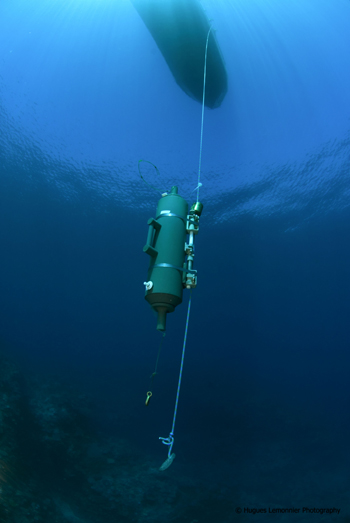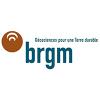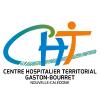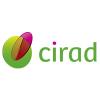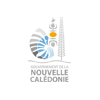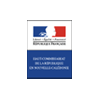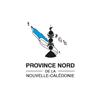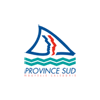ECOMINE
The lagoon of New Caledonia has an exceptional marine biodiversity, which has to be preserved face to strong environmental issues due to territory development. The mining industry and coastal urbanization represent a threat to marine biodiversity by increasing terrestrial inputs of organic matter and contaminants into coastal systems through riverine run-offs during cyclonic periods. In the area, the potential impacts of terrestrial inputs on marine microorganism diversity and community structure is not clearly defined at both temporal and spatial scales. Based on the coupled approach between environmental genomics (eDNA), coastal hydrology and geochemistry, this project will aim at understanding human activity impacts over microbial communities under three different and complementary perspectives:
1) Understanding the impacts of mining on microbial communities along the land-sea continuum at different time scales
(2) The analysis of shifts in microbial communities occurred over the last century in parallel to the development of the mining industry by means of the analyse of paleoarchives (sedaDNA and heavy metals) collected from sediment cores
(3) Develop health risk indicators to assess the arrival and/or the recrudescence of blooms of potential harmful microorganisms in relation to human activity development.
Hugues Lemonnier
Laboratoire LEAD
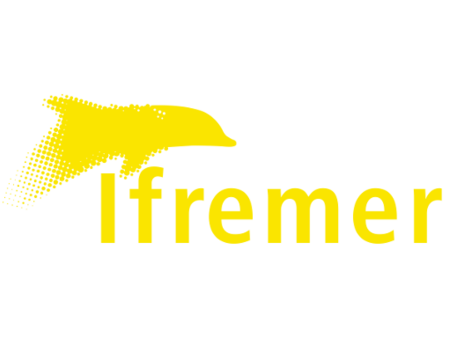
New Caledonia has exceptional terrestrial and marine biodiversity that must be preserved in the face of environmental pressures associated with land development and global warming. By increasing the inputs of contaminants, nutrients and organic matter into hydrosystems, human activities pose a threat to this biodiversity and the associated ecosystem services.
According to the "one health" concept, the resulting degradation is also a source of risk for human health and more particularly in terms of epidemics. The implementation of a regulation to protect and / or restore these hydrosystems requires defining their ecological states. About 300 methods have been developed around the world to characterize the state of environments, whether associated with fresh, brackish and marine waters. For example, the diatomaceous index is used today in the territory to characterize the ecological quality of watercourses. However, the tools developed so far remain expensive and their implementation sometimes takes a long time. However, in the context of climate change, it is important to put in place rapid tools to improve our ability to detect changes early in order to provide solutions to maintain the integrity (function and service) of ecosystems. .
In recent years, a new generation of tools with the ability to provide more complete information and in a faster manner has emerged through the characterization of communities by environmental DNA sequencing (eDNA). These tools are particularly well suited to monitoring microbial communities which are considered to be early indicators of environmental variations.
By combining environmental genomics (eDNA) and geochemistry approaches, this project will aim to (i) understand the impacts of mining activity on microbial communities at different time scales (annual, decadal, centennial) along the earth continuum - sea and (ii) to develop biotic indicators of the health of hydrosystems and coastal ecosystems and (iii) of health risks. Mining activity is targeted here because it is considered the main source of metal contaminants in ecosystems located downstream. The analyzes will be carried out to dissociate two types of impacts associated with this activity: deforestation which modifies the cycle of organic matter and the contribution of metals favored by the erosion of the zones put into exploitation. This work should make it possible to assess the capacity of ecosystems to absorb mining pressures through the analysis of the spatio-temporal variability of their structure and to identify new tools sensitive enough to detect changes at an early stage.
To carry out this study, three zones will be targeted in order to cover the different ultrabasic contexts of New Caledonia: the VKP zone made up of the Koniambo watersheds, the one south of Nouméa made up of the watersheds of the pirogues river and the river. Coulée and an area on the east coast made up of the Thio watershed. These study areas will allow us to take advantage of the achievements of research projects led by CRESICA (Tremor and Searsé) and CNRT (ADIIP, Dynamine, IMMILA, Quavar, Chronick) in geochemistry and sedimentology. The work will be carried out in two phases.
In the first phase, we will collect surface sediment samples, describe them and analyze them both in terms of eDNA and geochemistry. A minimum of five sites will be sampled per zone in the dry season and in the wet season, for a total of 30 samples for this phase. They will be positioned along the land - sea continuum. The second phase of the project will aim to reconstruct changes in microbial communities in parallel with the development of the mining industry, via the analysis of sedimentary archives by harvesting three sedimentary cores. about 1 to 2 meters deep. The choice of site will depend on the siltation conditions observed during the first sampling phase. About 40 samples will be selected for analysis of their ancient DNA content and chemical properties.
Les 28 et 29 mars 2022, le CRESICA organisait le séminaire "Au fil de l'eau" qui a permis de présenter l'état d'avancement du projet.
Visionnez la présentation fait lors du séminaire grâce à la vidéo du projet ECOMINE par H. Lemonnier.
Découvrez la publication " The Origin of the Matter Matters: The Influence of Terrestrial Inputs on Coastal Benthic Microeukaryote Communities Revealed by eDNA" dans la revue Environmental DNA.
Le 29 août 2023, le CRESICA organisait le séminaire de restitution "Au fil de l'eau" qui a permis de présenter les résultats du projet.
Brochure: "Des projets de recherche sur la thématique de l'eau en Nouvelle-Calédonie."
Visionnez la présentation faite lors du séminaire grâce à la vidéo du projet ECOMINE par H. Lemonnier



